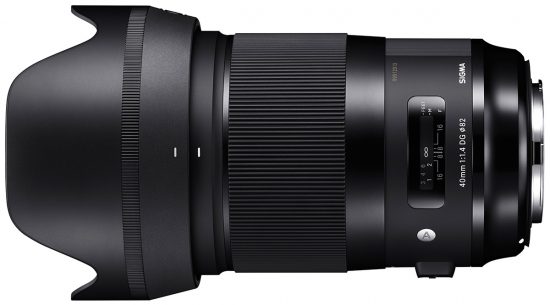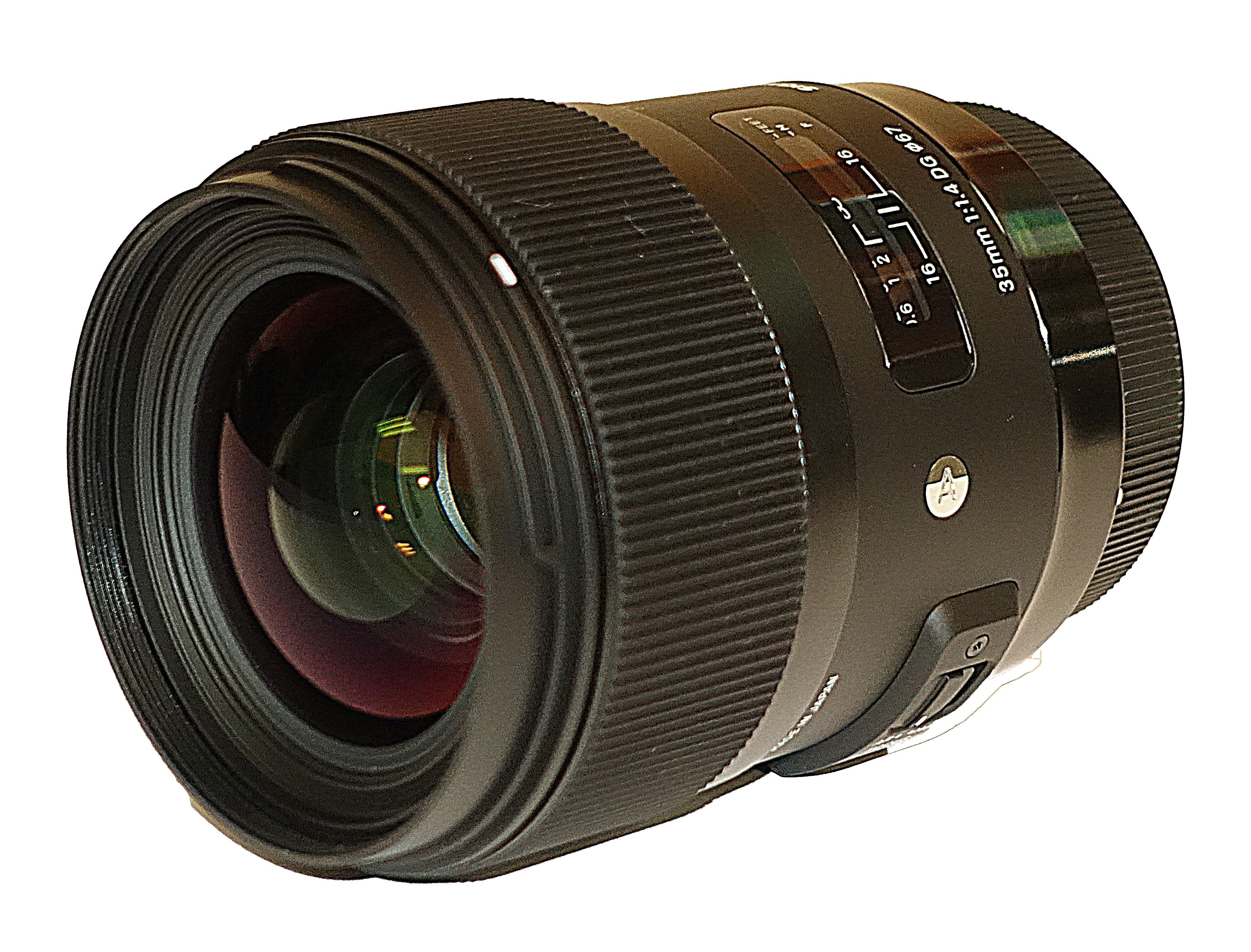

Sigma has adopted the inclusion of an aperture ring on many of their DN series lenses (DN indicates that the lenses is designed specifically for mirrorless, while DG designates that the lens is designed for full frame cameras). We’ve got a similar design element in the i-Series. In many ways these i-Series lenses remind me of two things: 1) classic lenses like the SMC Takumar lenses (which I own about 5 of), and part of why I love them is their beautiful timeless construction that is all metal and glass – and – 2) cine lenses where the aperture and focus rings are raised rather than flush with the barrel and have wider, deeper ribs that accommodate gearing (something that cinematographers often do but stills photographers almost never do). The build of the i-Series, however, is arguably nicer than that of the ART series, and every bit as nice as the Sport lenses (though designed for different purposes). Typically the lenses branded Contemporary carry Sigma’s lowest level of build, with Sport lenses given the most robust while Art lenses land in the middle. What strikes me as odd here (as it did with the 45mm F2.8) is that Sigma has chosen to position the i-Series lenses under the Global Vision division of “Contemporary”. There are focal lengths I enjoy more than a 35mm lens they are just so versatile. It excelled at everything from landscapes to portraits to general purpose shots. I had to compress my review cycle due to scheduling, but I was able to get a lot of great images with the lens nonetheless.
This isn’t a cold, sterile lens, but rather one with some character despite being well corrected.

I’ll forgive the marketing mostly because the actual lenses are beautifully crafted and a real joy to use.Īs we will also see, I think that Sigma has managed to strike a nice balance between a high quality rendering along with excellent sharpness. I’m not quite sure how purchasing a camera lens marketed to the masses is “celebrating my uniqueness”, but I digress. Most of that is, frankly, marketing gobbly-gook that sounded really clever to the marketing team (the same team that brought you “Contemporary” as a lens designation) but is rather meaningless in the real world. Sigma’s marketing of the “i-Series” has three concepts, “Identity – Celebrating your uniqueness | Iconic – A fresh approach to lens design | Instinctive – Intuitive user experience”. The i35 (as we’ll call it for brevity), will very likely be the most popular of this newly announced trio. These lenses will soon be joined by a fourth lens in the series – the Sigma 24mm F3.5 DG DN. One is the Sigma 35mm F2 DG DN that we are looking at today, and the other is the Sigma 65mm F2 DG DN that we will cover shortly. Sigma is releasing two new lenses in the i-Series side by side, and both of them are beauties. These lenses are designed for those who love A) exceptional build and care over the tactile feel and handling of their gear B) who aren’t interested in their lenses being “clinical” but prefer beautiful, “analog” rendering rather than just sterile sharpness. A year later, however, and things start to make a little more sense, as it turns out that Sigma was experimenting with a new sub-class within their Global Vision “Contemporary” line-up – the i-Series. The optical performance was not very Sigma, either, with the emphasis being on the quality of the background blur rather than the sharpness of the lens (which I was frankly somewhat disappointed with). The design of the 45mm F2.8 was completely different than any other Sigma lens…including the other lenses it was released alongside. It was released in concert with a couple of other lenses, one being the uber-premium 35mm F1.2 DN and the other being the 24-70mm F2.8 DN ART. In late 2019 I reviewed the Sigma 45mm F2.8 DN lens, and, while I loved the build of the lens, I concluded that it was a bit of an oddball.


 0 kommentar(er)
0 kommentar(er)
